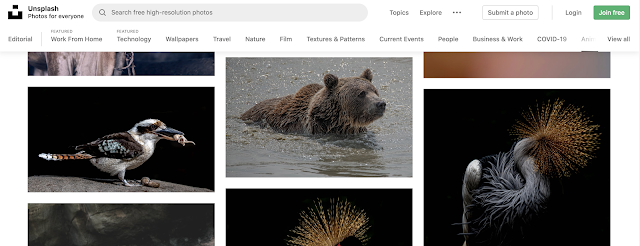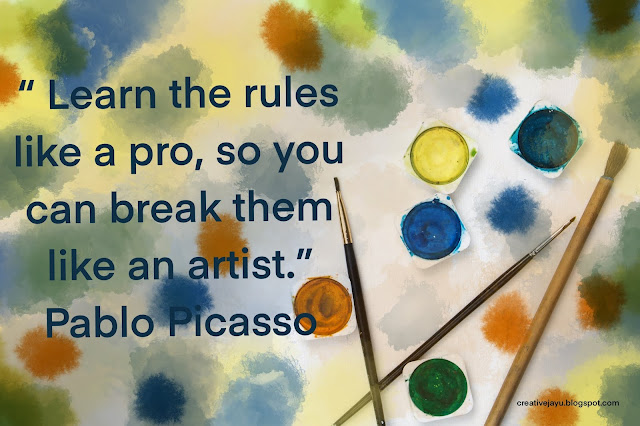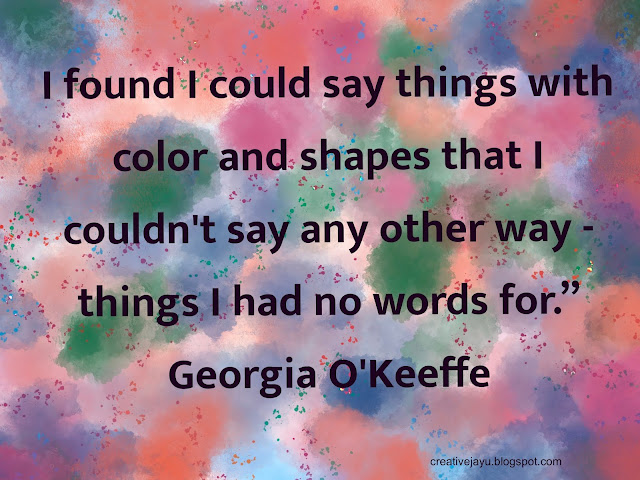I think that every artist goes through some flat periods where they lack some creative inspiration. You end up staring at your canvas on the easel for hours wondering what to paint on it. You barely paint a stroke on your canvas. Sometimes these things turn into days or weeks or years. This is known as the dreaded artist block.
Here are my top five tips for you that have worked for me and helped me overcome the dreaded artist block
1) Join an Art Club
Being a part of an Art Club can definitely inspire an artist to pick up the brush and paint. You get to be a part of a vibrant art community and see artworks of other artists. By talking to other artists as to how they created their artworks and learning their art techniques can get your creative juices flowing. I feel very fortunate to be a member of the Sunnyvale Art Club for about 11 years at the time of writing this post. And every time we have a meeting , it motivates me to go and pick up my brushes.
Sunnyvale Art Club https://www.sunnyvaleartclub.org
Quick Tip: If you don't have access to an art club in your area, then Youtube is your next best friend.
2) Take a Break from your studio and go for a Walk
The best way that I found out to get over the dreaded artist block is to take a break from my studio and go for a walk at my local park. I would also take a pencil and my journal and my camera. I would then go and do some field sketching of the wildlife like observing wildlife behavior of the animal/bird and then draw and record it on my nature journal while I am at the park. I would also do sketches of flowers , stones or anything that I find interesting and draw them onto my nature journal. I would also use this opportunity to snap some pictures which I can use as reference photos for my future artworks.
Field sketching helps me overcome my artist block by igniting new ideas for future paintings thus cultivating a richer experience of being creative.
3) Read an instructional Art book
Reading an instructional art book has helped me fire up my creative juices. Here is a good book that I recommend reading :
Daily Painting: Paint Small and Often To Become a More Creative, Productive, and Successful Artist by Carol Marine.
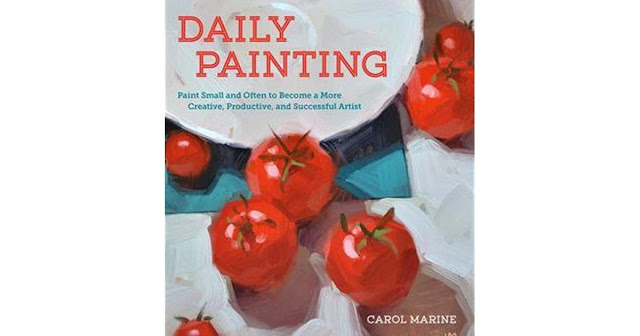
I think it is a great book for someone who wants to pursue painting but are short on time. Daily Painting focuses on painting in regular intervals and creating many small paintings using an alla prima technique. This book has many how- to lessons , by following along I find that I am learning new art techniques found in this book which in turn helps me keep my creativity alive.
4) Visit an Art Museum
Visiting an art museum for me definitely cures my artist block. Looking at artworks by the great masters inspires me to pick up my painting brush and paint on my canvas.
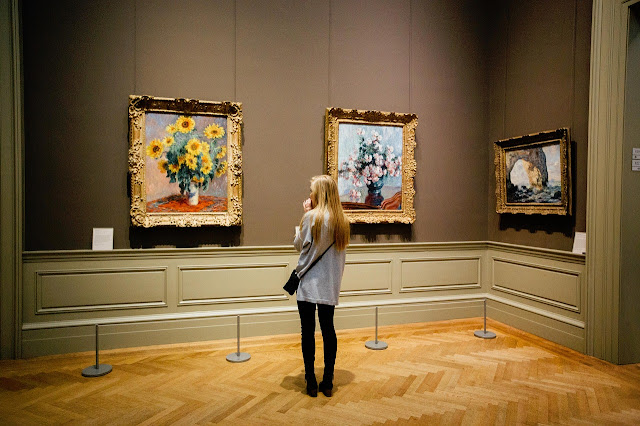
If you are not able to visit an art museum, then you can peruse some of the master paintings online at Museum of Modern Art ( MoMA, New York) . This website has tons of information of modern and contemporary artists. I like looking into the artist artworks, reading about them and try to understand what elements worked so well for them and make them work for me. Another favorite website of mine is the Google Arts and Culture website. This website features content from over 1200 leading museums. There are tons of articles to get you motivated.
Website links:
MoMA, New York--- https://www.moma.org/collection/
Google Arts and Culture-- https://www.google.com/culturalinstitute/beta/
5) Cleaning up your Art studio/ art space
Sometimes cleaning up your art studio/ space and removing clutter in your art space can do the trick. I would move things around my art space/ studio and maybe re-decorate my space with some of my favorite things in my case it is figurines/ toys of reptiles in my art space to get into the mood of creating art.
I hope these tips help you to get past the dreaded artist block and help you pick up your brush and create your own masterpiece. Let me know in the comments below how do you get rid of the dreaded artist block or if you have found this article useful or which one is your favorite way to overcome an artist block.




